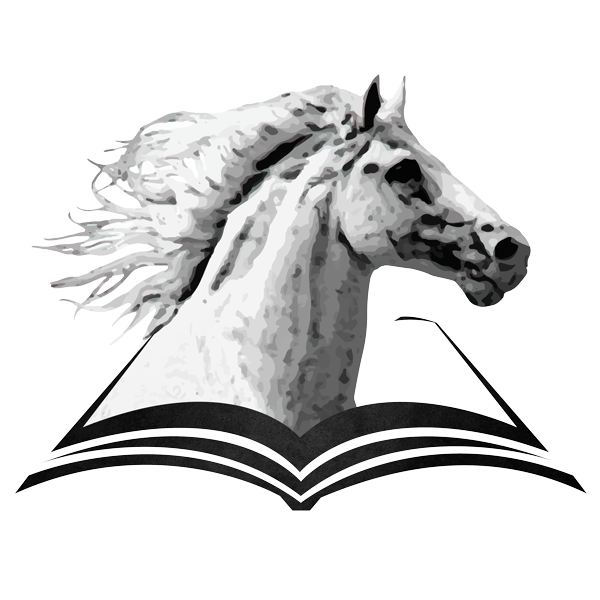Al pasar encima del artículo de interés, aparecerá el botón de VER MÁS
CONOCIENDO LA ESPECIE
There is no better way to know the age of a horse than knowing the date of birth; however, observing the horse’s physical condition, as well as its teeth…
The different teeth of the horse (incisors, canines, premolars, and molars) are designed and located for a wide range of functions:
By observing and evaluating the incisors, it is possible to estimate a horse’s age fairly accurate until the horse is 11 years old. After that, estimates become less exact because there are some factors that cause significant individual differences among horses, such as tooth hardness, the kind of food offered (grass in the pasture or hay in the stall), type of soil, and bad habits (such as cribbing or occlusal wood).
People who are directly involved with horses should know basic information about the species’ systems for at least two reasons: to call the systems and their parts by the most common names and to be able to identify possible health issues early.
Knowing the parts of the horse, as well as the internal framework, assures a better understanding of the horse’s biology and, therefore, its care. Furthermore, knowing the horse part names as we call them here is necessary to better understand the teachings in other sections of this school site.
Una raza es un grupo de animales domésticos de la misma especie que comparten algunas características fenotípicas únicas las cuales se transmiten genéticamente durante generaciones. Las razas de caballos se han desarrollado con base una de las dos causas descritas a continuación o la combinación de ambas:
Además de los caballos (Equus caballus), la especie equina más numerosa en todo el mundo y representada por cientos de razas diferentes y sus cruces, otras especies del género Equus incluyen:
Basados en descubrimientos ampliamente respaldados por estudios científicos de fósiles, los caballos domésticos, como la mayoría de las especies de plantas y animales de la actualidad, son el resultado de una serie de cambios graduales a lo largo del tiempo. Se ha llegado a la conclusión de que los antepasados de los caballos actuales aparecieron durante la “era de los mamíferos”, también conocida como era Cenozoica.
This article is about history and may not be too appealing to you because it does not seem to have any information to be used on your horses right away. Well, if you love horses, by reading will help you understand better why horses have transformed human history and why millions of people around the globe are passionate for horses, exactly like you are.
important learnings from the historic changes of the Equidae family that should be used as guidance to provide the modern horses with an environment that best meet their needs:
Special characteristics of a horse may be better understood by briefly studying the horses’ zoological classification. The following table starts with the species (Equus caballus) and opens to the animal kingdom.












